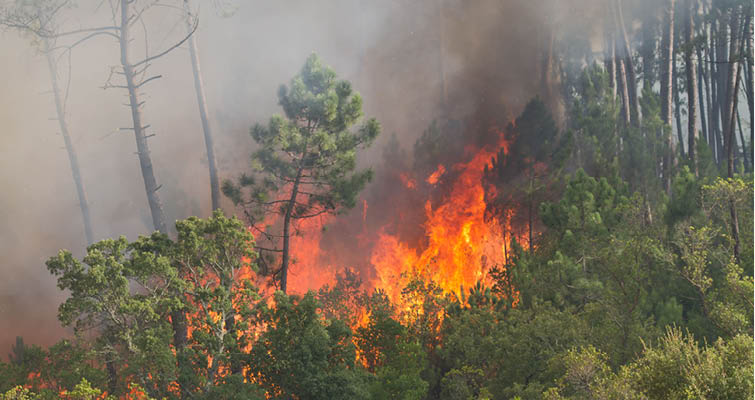
In the first week of 2003, the Chief Fire Control Officer of the Australian Capital Territory (ACT), Peter Lucas-Smith, confronted an outlook of high bushfire risk. A drought had dried out the trees, grasses and undergrowth in the abundant bushland of the area. This meant there would be sufficient combustible matter to fuel a major bushfire if a lightning storm or accidental ignition, due to human activity, occurred in the forests. On 8 January lightning strikes ignited two fires in the bushland in western ACT and several fires just beyond the western border with New South Wales (NSW). Over the next week, firefighting services from the ACT and NSW took various approaches, but by January 14 the fires had not been put out and the forecast for the weekend was for high temperatures and strong north-westerly winds, potentially driving the fire towards Canberra. Lucas-Smith had responsibility for directing the firefighting effort and briefing the Chief Minister of the ACT on the situation.
This case looks at disaster management and can be used to discuss communications, resource allocation and risk assessment in an increasingly serious situation. Part A describes the development of the situation and looks particularly at the different strategies taken by ACT and NSW before the scale of the potential disaster had been realised.
Read more:
- Authors: Tim Watts
- Published Date: 5 January 2005
- Author Institution: ANZSOG, Kennedy School of Government
- Featured Content Length: 6
- Content Length: 10
- Product Type: Part A, Primary resources
Case study
Download the case study: 2004-016-1_2003-canberra-fires-a-cc (PDF 143 KB)
